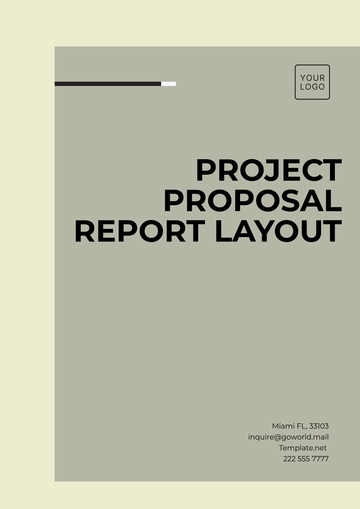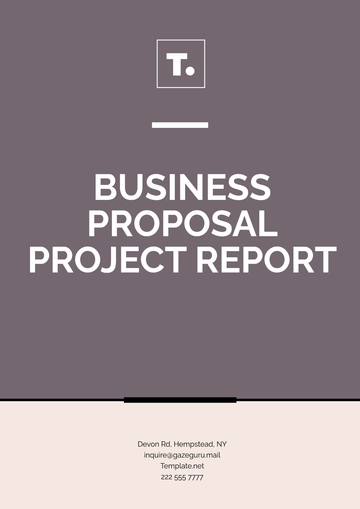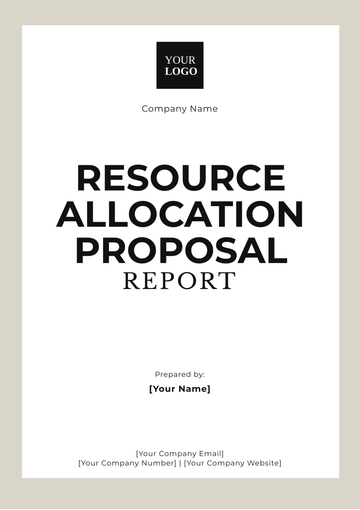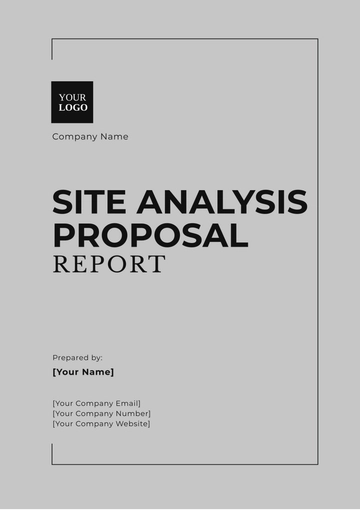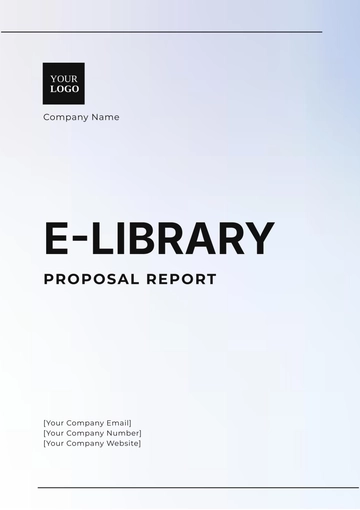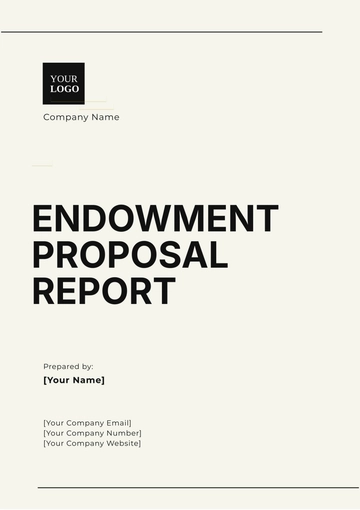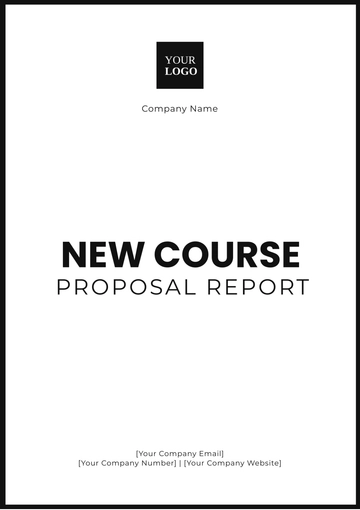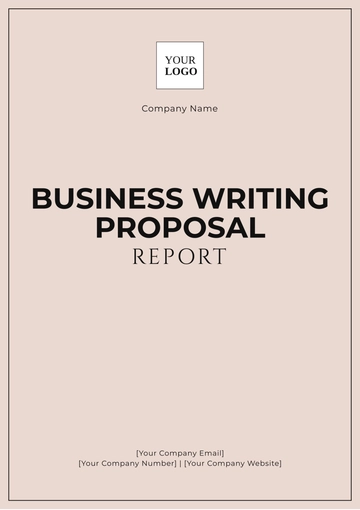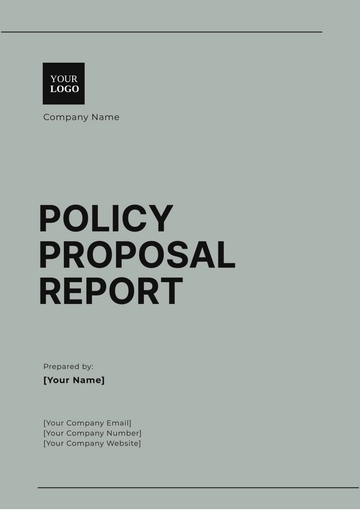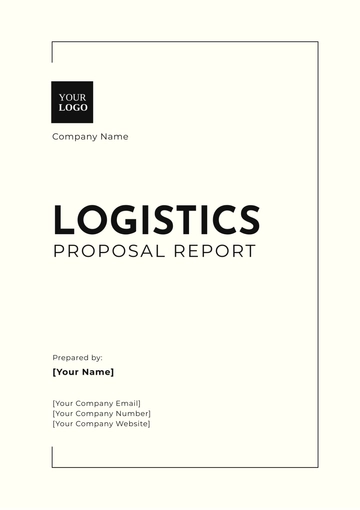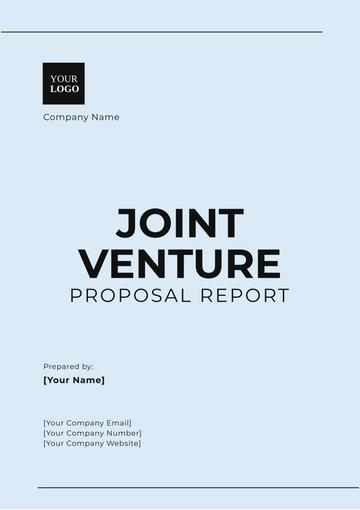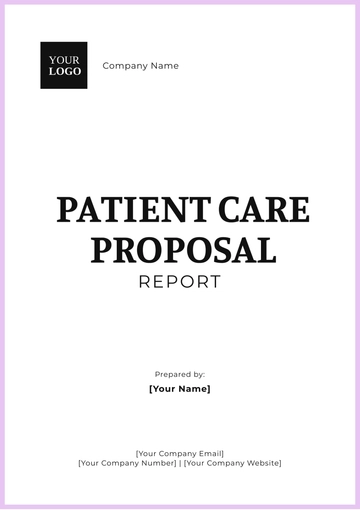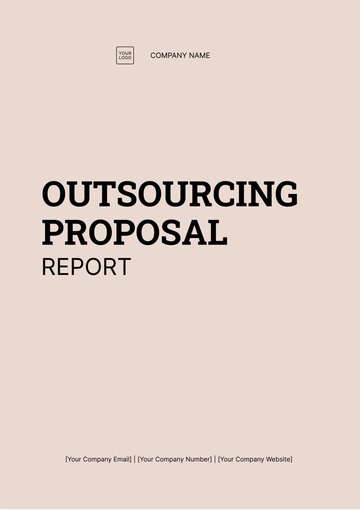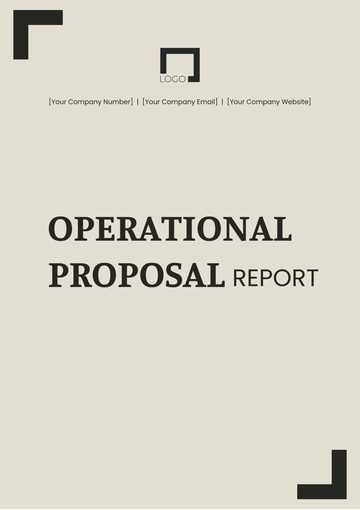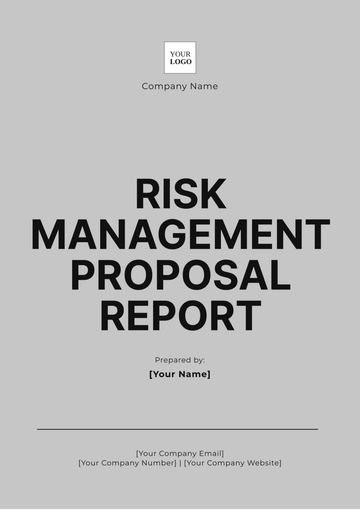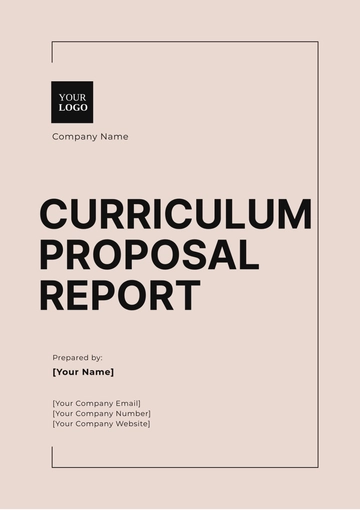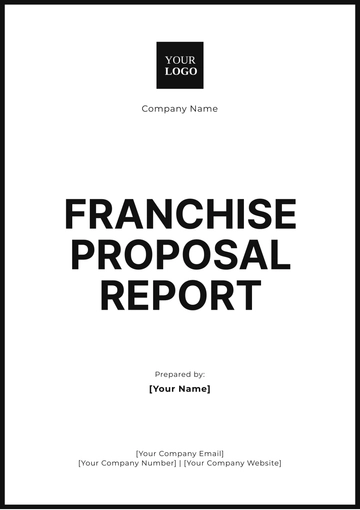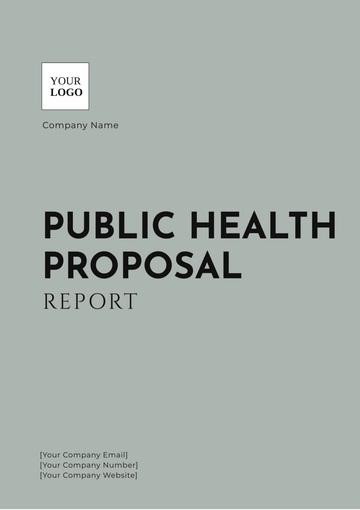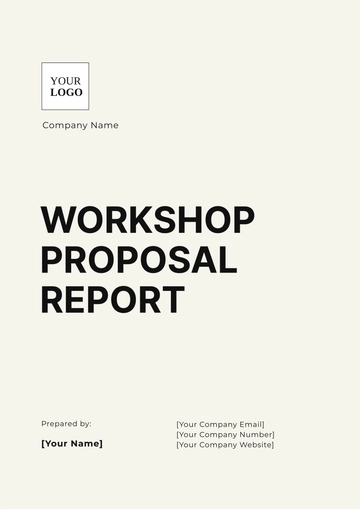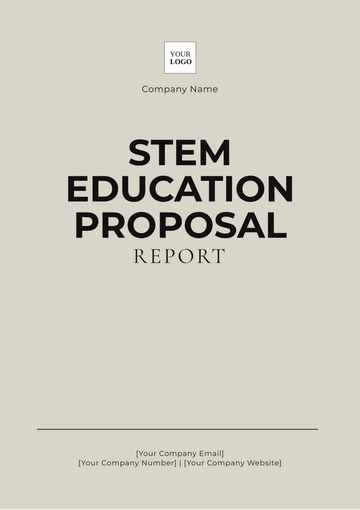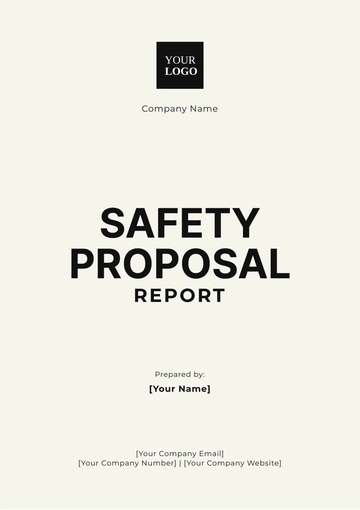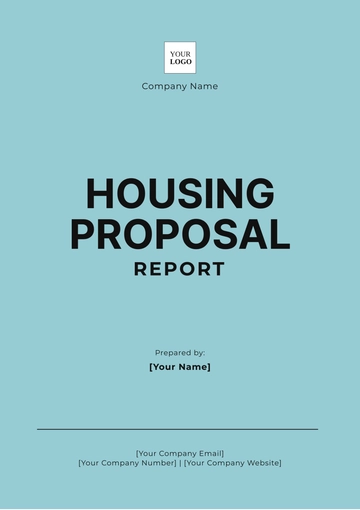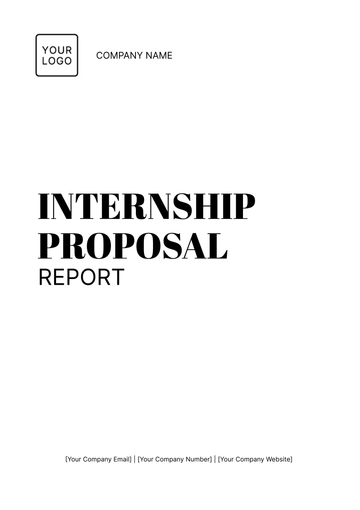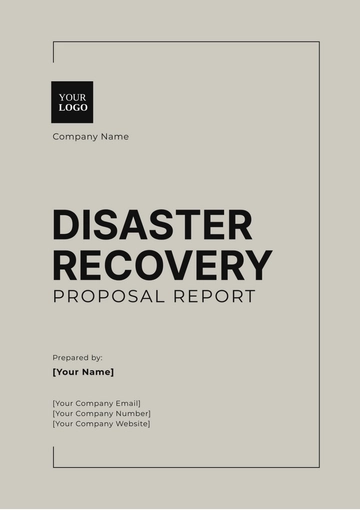SALES PROPOSAL REPORT
I. Executive Summary
This sales proposal outlines our strategic plan to achieve targeted sales growth through a combination of market analysis, customer insights, and product innovation. Our approach includes key initiatives, timelines, and projected outcomes to ensure successful execution and long-term sustainability.
II. Market Analysis
A. Industry Overview
We have conducted an in-depth analysis of the current market trends, identifying opportunities and potential challenges. Key insights are summarized below:
Rising demand for sustainable products: Consumers are increasingly prioritizing eco-friendly options, driving demand for sustainable goods.
Increasing competition from new market entrants: The market is seeing a surge in new competitors, necessitating innovative strategies to maintain a competitive edge.
Technological advancements impacting consumer behavior: Rapid technological changes are influencing how consumers shop and interact with brands.
B. Target Market Segmentation
Our target market is segmented based on demographic, geographic, and psychographic factors. The following table outlines key segments:
Segment | Demographics | Geographics | Psychographics |
|---|
Young Professionals | Ages 25–34, College Graduates | Urban Areas | Health-Conscious, Tech-Savvy |
Families | Ages 35–50, Married with Children | Suburban Areas | Value-Oriented, Brand Loyalty |
Seniors | Ages 60+, Retirees | Nationwide | Quality-Focused, Traditional Values |
III. Sales Strategy
A. Product Positioning
Our products will be positioned to emphasize unique value propositions tailored to meet the specific needs of our segmented target markets. This includes highlighting features such as sustainability, innovation, and premium quality.
B. Pricing Model
The pricing model will be designed to remain competitive while ensuring profitability. Key elements include:
Flexible pricing tiers: different price points to cater to various customer segments.
Discounts and promotional offers: periodic customer discounts.
Subscription-based options for recurring revenue: plans for steady income
C. Distribution Channels
We will leverage a multichannel distribution strategy to maximize reach, including:
Online e-commerce platforms: growing our online reach.
Brick-and-mortar retail partnerships: Partner with known retailers for visibility.
Direct-to-consumer sales through our website: Offering a seamless shopping experience on our platform.
IV. Marketing Plan
A. Marketing Objectives
Our marketing objectives are designed to drive brand awareness and customer engagement. Key objectives include:
Increase market share by 10% within the first year by expanding our presence in the market.
Boost customer retention by 15% by implementing strategies to keep customers engaged and loyal.
Expand social media presence and followership by 25%, enhancing our digital footprint and audience engagement.
B. Promotional Activities
The following promotional activities will be implemented to achieve our marketing objectives:
Online Advertising Campaigns: Using digital ads for targeted demographics.
Influencer Partnerships: Collaborating with influencers to reach wider audiences.
Content marketing and SEO: Creating SEO-friendly content.
Email Marketing Initiatives: Engaging with customers through personalized email campaigns.
V. Financial Projections
A. Revenue Forecast
The revenue forecast for the next three years is based on our market analysis and sales strategy. Key projections are summarized below:
Year | Revenue | Cost of Goods Sold (COGS) | Gross Margin |
|---|
Year 1 | $5,000,000 | $2,000,000 | $3,000,000 |
Year 2 | $7,500,000 | $3,000,000 | $4,500,000 |
Year 3 | $10,000,000 | $4,000,000 | $6,000,000 |
B. Budget Allocation
The budget allocation is structured to support our sales and marketing efforts effectively. Key allocations include:
Marketing: $1,000,000
Sales Operations: $500,000
Product Development: $1,500,000
Administrative Costs: $800,000
VI. Implementation Plan
A. Timeline
The implementation plan will follow a detailed timeline to ensure timely execution of all activities. Key milestones include:
Q1: Market Research and Product Development
Q2: Marketing Campaign Launch and Distribution Setup
Q3: Sales Launch and Customer Acquisition
Q4: Performance Review and Optimization
B. Risk Management
We have identified potential risks and developed mitigation strategies to ensure the successful execution of our plan. Key risks and mitigation strategies include:
Market Risks: Diversify your product portfolio to mitigate market volatility.
Operational Risks: Efficient processes and a robust supply chain.
Financial Risks: Conservative budgeting and reserve allocation to safeguard financial stability.
VII. Conclusion
This sales proposal provides a comprehensive plan to achieve substantial sales growth through targeted strategies and detailed execution plans. We are confident in our approach and look forward to achieving our shared goals.
Report Templates @ Template.net

